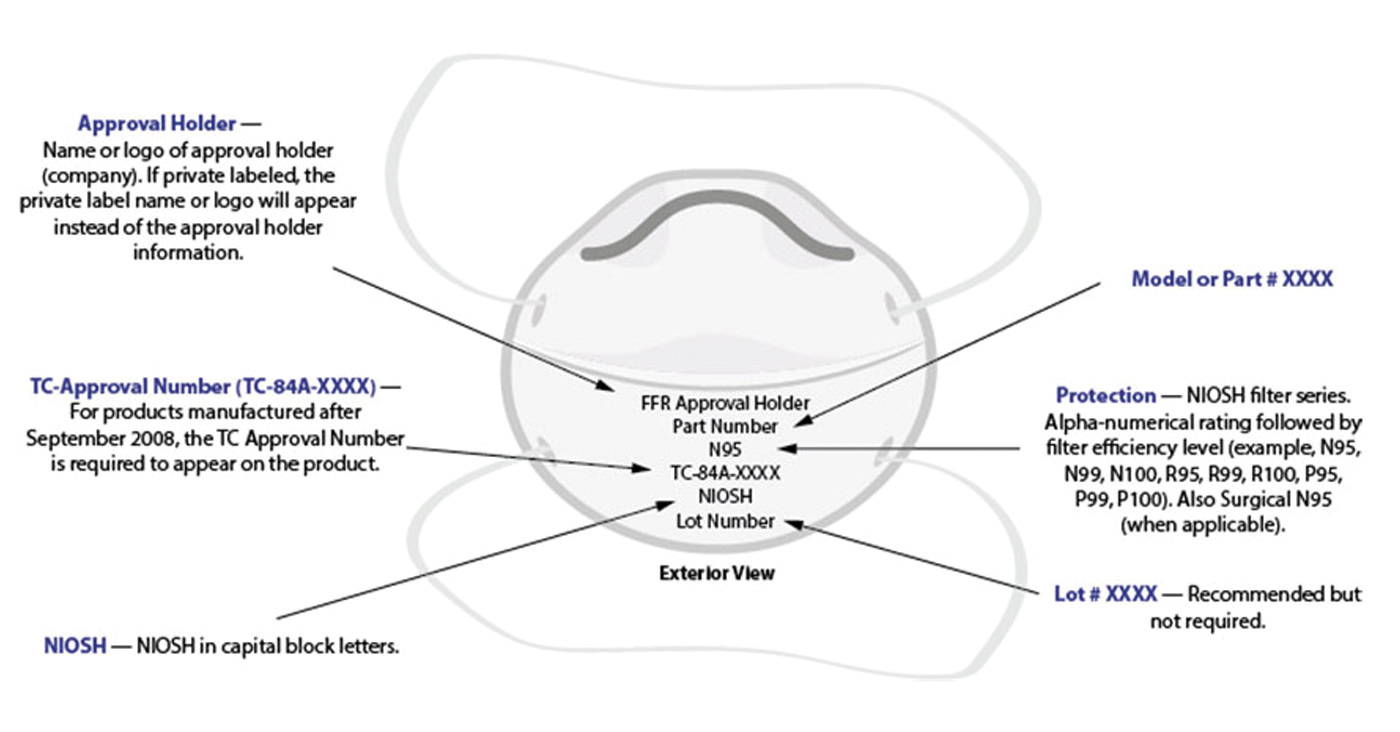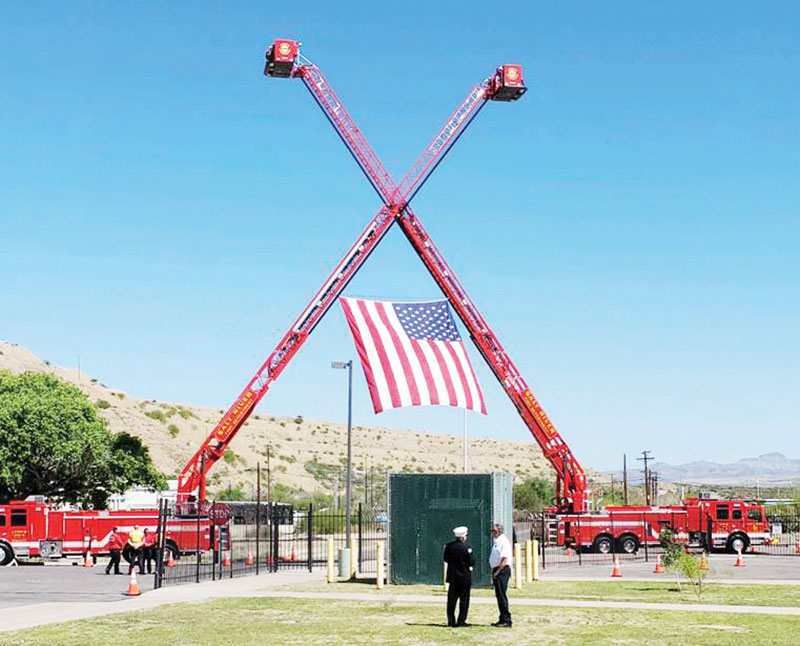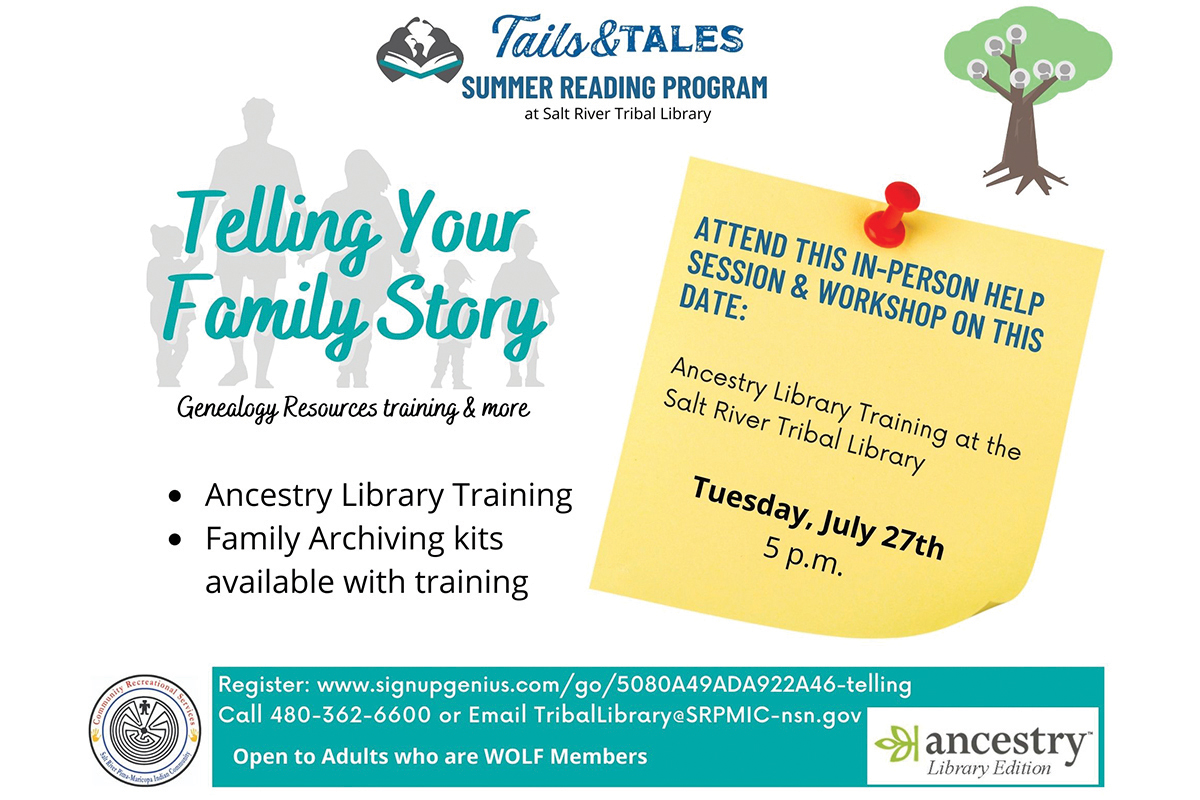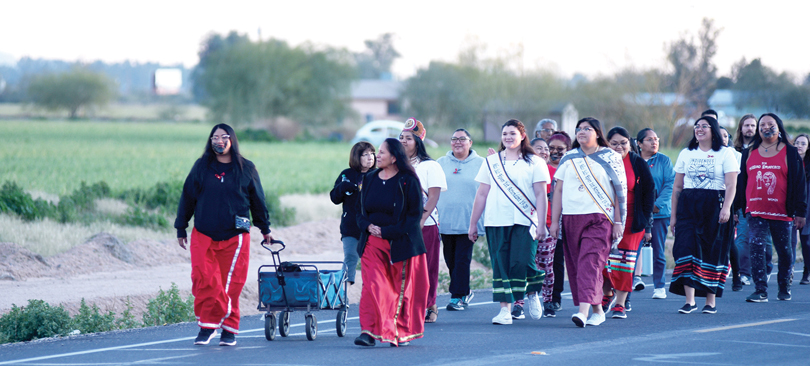VIEWS: 1168
February 3, 2022Beware of Counterfeit N95 Masks
With the spike in COVID-19 cases around the United States due to the highly contagious omicron variant, public health experts are again emphasizing the importance of wearing a mask to protect yourself and others from the virus. The N95 mask is recommended, but unfortunately there are counterfeit N95 masks out there. So how do you know if one is counterfeit?
The N95 mask filters up to 95% of particles in the air. According to the U.S. Centers for Disease Control and Prevention, experts have tested a number of N95 masks and found some that were counterfeit and failed to meet the standards set by the National Institute for Occupational Safety and Health.
Here is how to tell if a N95 mask is counterfeit: Every N95 mask should have a stamp and an approval number on the respirator. The stamp should read “NIOSH” (spelled correctly). Other markings on the mask include the brand name, model number, filter class and an optional lot number. If a mask does not have any printing on it, stay away from it.
Also, a correct N95 mask should use headbands to secure it around the head and fit the face; it is counterfeit if it has ear loops instead of headbands.
NIOSH does not approve the N95 mask for children, so if you find some made for children, those are definitely counterfeit. Although N95 masks are not an option for children, a protective KN95 or KF94 mask is more suitable for smaller faces, including children.
Wearing a N95 mask will help protect you from the COVID-19 virus. Just use caution when you purchase them. For detailed information, visit www.cdc.gov/niosh/npptl/topics/respirators/disp_part/default.html.







